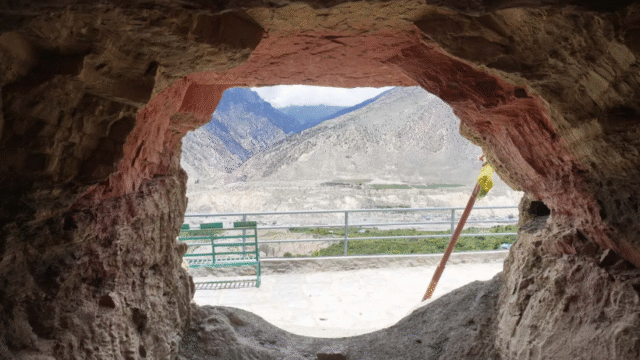As the global tourism landscape evolves, Nepal’s local tourism industry is actively adapting to emerging trends and challenges. Key global factors influencing local adaptations include climate change and economic shifts, which are reshaping travel patterns and expectations worldwide.
Adapting to Climate Change
- Climate change is one of the most pressing global issues affecting tourism. For Nepal, renowned for its Himalayan peaks and diverse ecosystems, climate change presents significant challenges. The local tourism industry is responding through several strategic measures:
- Sustainable Tourism Initiatives: Many tour operators and stakeholders in Nepal are adopting sustainable tourism practices. Efforts include promoting eco-friendly trekking routes and reducing the carbon footprint of travel. For instance, the Annapurna Conservation Area has implemented waste management programs and eco-friendly lodging to minimize environmental impact.
- Community-Based Tourism: By involving local communities in tourism planning and management, Nepal is ensuring that tourism development aligns with environmental conservation. Community-based tourism initiatives aim to preserve natural resources while providing economic benefits to local populations.
- Climate-Resilient Infrastructure: The government and private sector are investing in climate-resilient infrastructure. This includes developing tourism facilities that are better equipped to handle extreme weather events and investing in disaster preparedness to protect both visitors and local communities.
Navigating Economic Shifts
- Economic shifts, including global recessions and changes in consumer spending, impact Nepal’s tourism industry. In response, several strategies are being employed:
- Diversifying Tourism Offerings: To attract a broader range of tourists, Nepal is diversifying its tourism products. Beyond traditional trekking and mountaineering, there is a growing emphasis on cultural tourism, wellness retreats, and adventure sports. This diversification helps mitigate the impact of economic downturns in specific segments of tourism.
- Enhancing Digital Marketing: In light of increasing competition and changing consumer behavior, Nepal’s tourism sector is ramping up its digital marketing efforts. Social media campaigns, virtual tours, and online booking platforms are being used to reach potential tourists more effectively and boost Nepal’s visibility in the global market.
- Strengthening International Partnerships: Nepal is strengthening its partnerships with international travel agencies and tourism boards. Collaborative marketing efforts and joint promotional activities are helping to attract more international visitors and create a robust global presence for Nepal’s tourism industry.
The Way Forward
Nepal’s local tourism industry is showing resilience and adaptability in the face of global challenges. By embracing sustainability, diversifying offerings, and leveraging digital tools, the sector is positioning itself to thrive despite the uncertainties of a changing global environment. Continued innovation and collaboration will be essential for ensuring that Nepal remains a premier destination for travelers from around the world.





